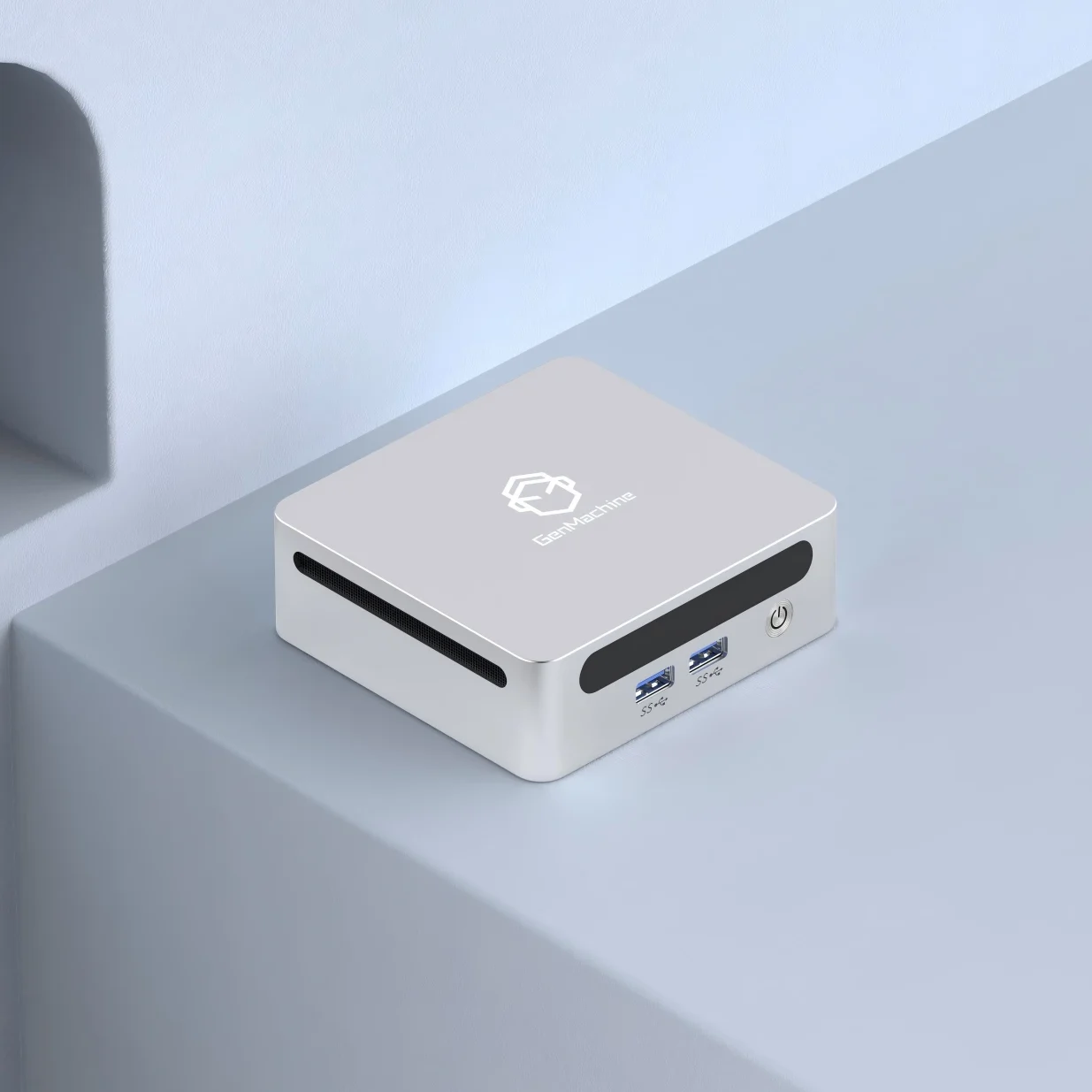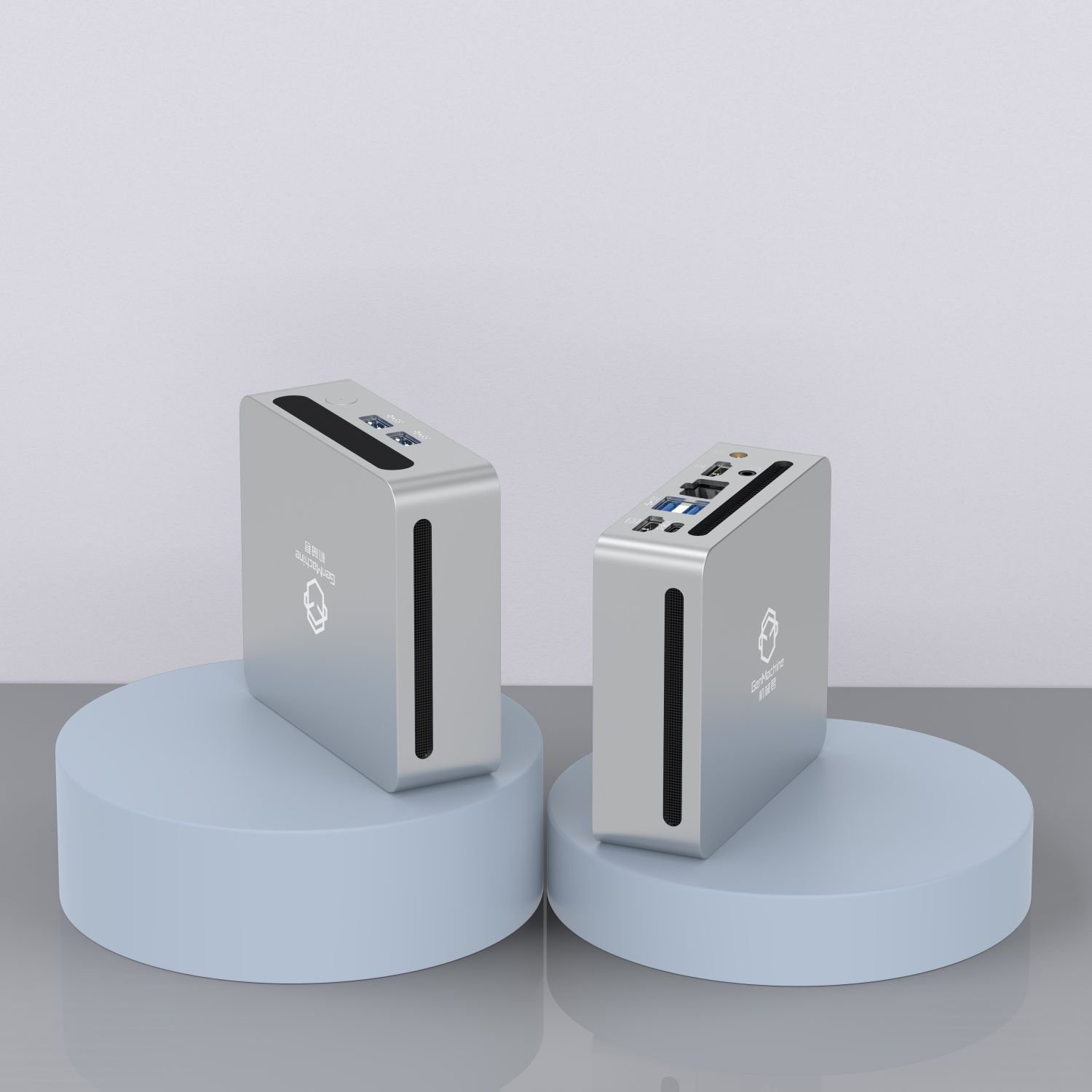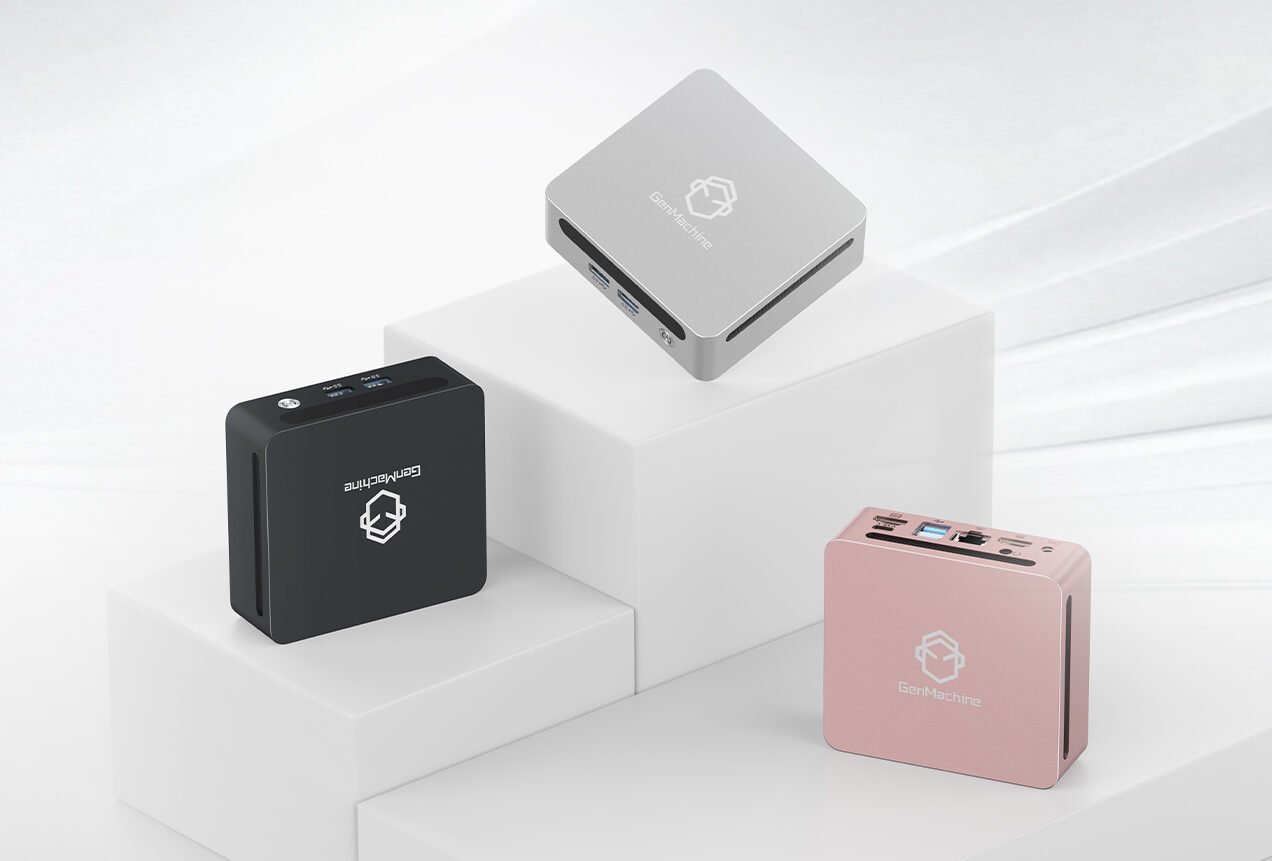Today, with the rapid development of science and technology, virtual reality (VR) technology has set off an upsurge in many fields such as games, education, medical care and design with its immersive experience. From thrilling VR games, players seem to be there, to surgical simulation training with VR in the medical field, all of which show the great potential of VR. However, in order to get a high-quality VR experience, it is inseparable from the support of powerful hardware. As a miniaturized computer equipment that has attracted much attention in recent years, custom Mini PC has gradually entered people’s field of vision with its customized characteristics. So, can custom Mini PC be competent for VR demand? This has become a question in the hearts of many VR enthusiasts and potential users. Next, let’s explore in depth.
I. The strict requirements of the VR world for hardware
1.1 Strong graphics processing capabilities
VR scenes need to render 3D images with high resolution and high frame rate in real time, so as to ensure that users can move and interact freely and smoothly in the virtual environment, and there will be no picture jam and delay. This requires hardware with powerful graphics processing capabilities. Generally speaking, VR applications need at least a graphics card that can support a refresh rate of 120Hz or higher and a resolution output of 2K or above. For example, in some large VR games, complex scene modeling, realistic light and shadow effects and a large number of dynamic elements all pose great challenges to the performance of graphics cards. If the graphics processing ability is insufficient, users will feel obvious dizziness when experiencing VR, which will greatly affect the experience.
1.2 Efficient processor performance
The processor plays an important role in the VR system. It not only processes the logic code of the game or application, but also coordinates the work among various hardware components. In VR scene, the processor needs to quickly process a large number of sensor data, such as head tracking and hand motion tracking, so as to update the user’s position and perspective in the virtual environment in real time. This requires the processor to have high single-core performance and multi-core processing ability. For example, when the user makes a quick turn or a complicated action in the VR environment, the processor needs to respond quickly and calculate the corresponding picture changes to ensure that the user can get a smooth and natural experience.
1.3 Adequate memory and high-speed storage
VR applications usually need to occupy a lot of memory space, because they not only have to run games or applications themselves, but also cache a lot of texture data, model data and so on. Generally speaking, 8GB of memory is slightly insufficient for VR applications, and it is recommended to equip at least 16GB or even 32GB of memory. In addition, high-speed storage devices are also crucial. Because data in VR scenes need to be read and written frequently, solid state hard disk (SSD) has obvious advantages over traditional mechanical hard disk (HDD), which can greatly shorten the loading time and improve the overall fluency. For example, when loading a large VR game scene, SSD can let users enter the game faster and reduce the waiting time.
II. The performance analysis of custom Mini PC
2.1 Hardware configuration of different series of custom Mini PC
2.1.1 Ren series Mini PC
Ren series custom Mini PC performs well in performance. This series is usually equipped with high-performance processors, such as Intel Core i7 series or AMD Ruilong 7 series processors, which have powerful multi-core processing capabilities and can well meet the complex task processing requirements in VR scenes. In terms of memory, it is often equipped with 16GB or even 32GB of large-capacity memory, which provides sufficient running space for VR applications. However, in terms of graphics card configuration, some Ren series products may use integrated graphics cards, which may be slightly insufficient for some VR games or applications that require extremely high graphics performance. However, some high-end models are equipped with discrete graphics cards, such as NVIDIA GeForce RTX 30 series, which can provide excellent graphics processing capabilities.
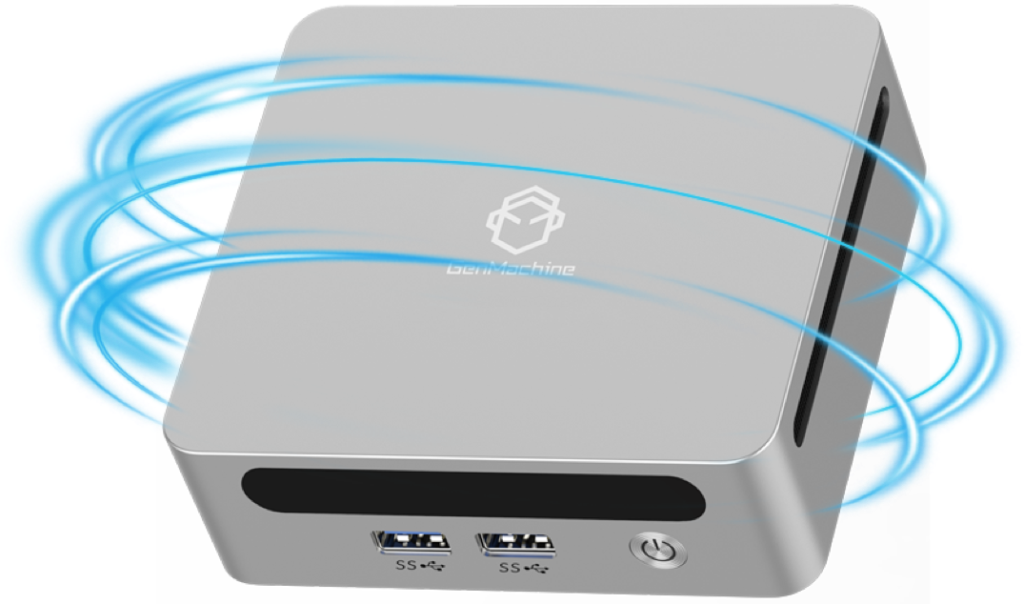
2.1.2 Yi series Mini PC
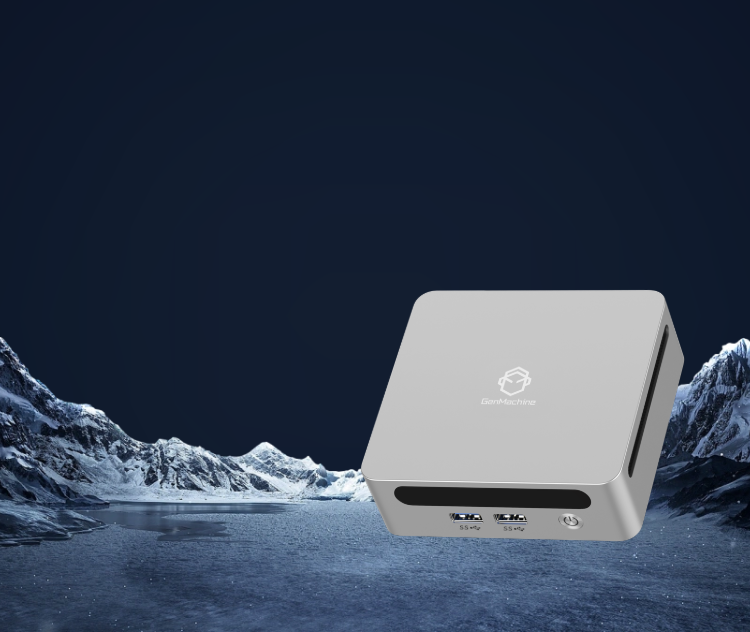
Yi series custom Mini PC has attracted much attention because of its excellent graphics processing ability. Yi series of products are usually equipped with independent graphics cards with strong performance, such as AMD Radeon RX 6000 series or NVIDIA GeForce RTX 30 series graphics cards, which can meet the demand of VR for high resolution and high frame rate graphics rendering. In terms of processors, high-end Intel Core i5, i7 series or AMD Ruilong 5, Ruilong 7 series processors are also used to ensure that data and logic in VR scenes can be handled with ease. In terms of memory, it is generally equipped with 16GB, which can basically meet the operational requirements of most VR applications.
2.1.3 Li series Mini PC
Li series custom Mini PC is outstanding in portability and low power consumption, but relatively weak in performance. This series of products usually carry processors with relatively low performance, which may be Intel Core i3 series or AMD Ruilong 3 series processors, and the memory capacity is generally 8GB or 16GB. In terms of graphics cards, most of them use integrated graphics cards, which makes Li series have certain limitations in dealing with VR requirements. For some simple VR experiences, such as light VR educational applications or simple VR video viewing, Li series may be barely competent, but for large VR games or professional VR applications, its performance is difficult to meet the requirements.
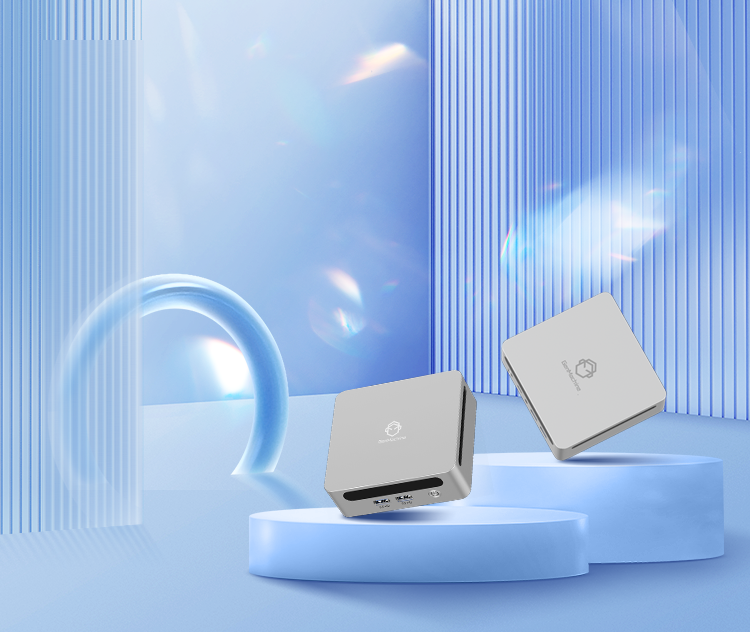
2.2 Performance improvement space brought by customization features
The biggest advantage of custom Mini PC is its customization. Users can select hardware components according to VR requirements. For example, if users mainly experience VR games, they can choose high-performance processors, high-end discrete graphics cards and large-capacity memory. Users can freely match hardware on this platform to realize personalized customization. This customization can meet the strict requirements of VR for hardware to the greatest extent and improve the performance in VR scenes. Compared with the traditional finished computer, the customization of custom Mini PC allows users to obtain the hardware configuration that is most suitable for their VR needs within the budget, and avoids the problem of resource waste or insufficient performance caused by hardware performance mismatch.
III. The actual performance case of custom Mini PC in VR scene
3.1 Successful case analysis
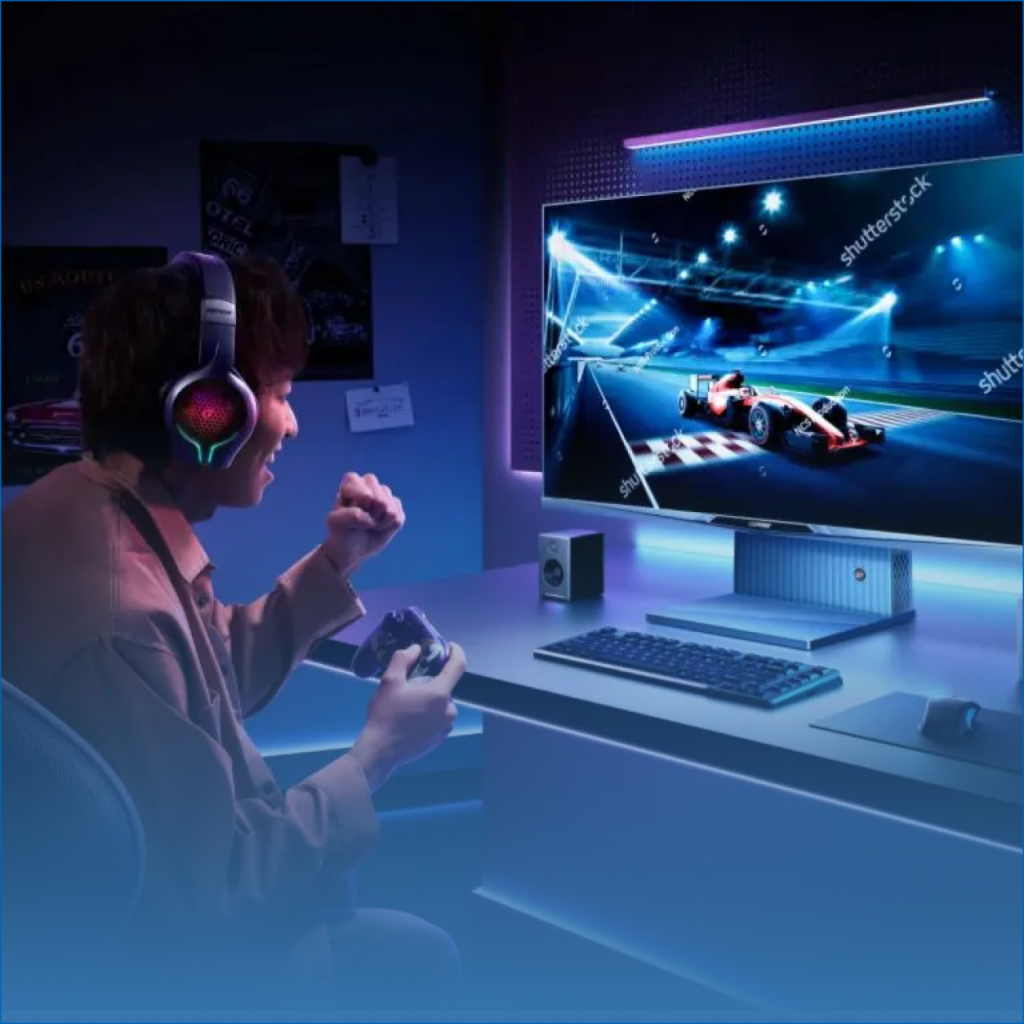
In some practical applications, custom Mini PC has achieved good results in VR scenes. For example, a game developer uses a customized Ren series custom Mini PC to develop and test VR games. The custom Mini PC is equipped with Intel Core i7-12700K processor, NVIDIA GeForce RTX 3080 graphics card and 32GB memory. When running a high-quality VR game, it can stably maintain the frame rate above 90Hz, and the picture is smooth, without obvious jamming and delay. In the process of using, whether it is scene modeling, material rendering or real-time debugging, custom Mini PC can complete tasks efficiently, which greatly improves the development efficiency. This shows that, with reasonable hardware configuration, custom Mini PC is fully capable of professional VR game development and operation requirements.
3.2 Challenges and problems
However, some users have encountered some problems when using custom Mini PC to experience VR. For example, a user bought a Li series custom Mini PC with basic configuration, hoping to experience VR video. In the actual use process, it is found that the picture is seriously stuck and there is obvious delay in head tracking. This is because the hardware configuration of Li series can not meet the requirements of VR video for graphics processing ability and data processing speed. In addition, some users reported that when using some custom Mini PC to run VR games, due to poor heat dissipation design, the temperature of the processor and graphics card was too high after long-term operation, resulting in performance degradation, picture degradation and jamming.
IV. The influence of heat dissipation and portability on the use of custom Mini PC in VR
4.1 The importance of heat dissipation
In VR applications, heat dissipation is particularly important because the hardware needs to run with high load for a long time. For the custom Mini PC, its volume is relatively small and its cooling space is limited. If the heat dissipation design is unreasonable, the processor and graphics card will work in a high temperature environment, and the performance will be greatly reduced, thus affecting the VR experience. For example, in some VR games, long-term fierce battle scenes will greatly increase the workload of graphics cards and processors. If the heat dissipation is not good, it will lead to a decrease in frame rate and a stuck phenomenon. It can be learned that some custom Mini PC adopt efficient cooling modules, such as copper tube cooling and fan cooling, to ensure the stability of hardware under high load. When choosing a custom Mini PC for VR, heat dissipation performance is an important factor that cannot be ignored.
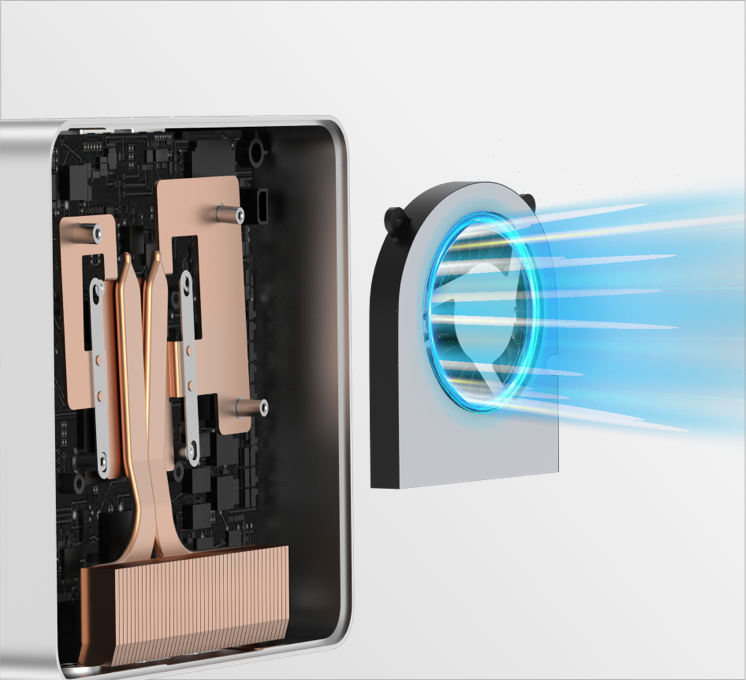
4.2 The combination of portability and VR application
The portability of custom Mini PC brings new possibilities for VR applications. Because VR devices themselves are becoming more and more portable, such as the emergence of some wireless VR helmets, users can move more freely. The small size of the custom Mini PC makes it easy for users to carry it with VR devices. For example, in outdoor VR exhibition activities, the staff can easily put the custom Mini PC and VR helmet in a portable box to provide the audience with VR experience anytime and anywhere. However, while pursuing portability, we can’t ignore the guarantee of hardware performance. Some custom Mini PC that are too portable and sacrifice performance may not be able to meet the needs of VR applications. Therefore, it is necessary to find a balance between portability and performance to meet the needs of users for VR experience in different scenarios.
V. Future prospect: the integration prospect of custom Mini PC and VR
5.1 Technology development trend
With the continuous progress of technology, the performance of custom Mini PC will be improved continuously. On the processor side, manufacturers such as Intel and AMD continue to introduce more powerful products, and the future custom Mini PC is expected to be equipped with more advanced processors, with higher computing speed and multi-core processing capability. In terms of graphics cards, graphics processing technology is also constantly innovating. The future discrete graphics cards will be able to provide more powerful graphics rendering capabilities and meet the demand of VR for high resolution and high frame rate graphics. At the same time, memory and storage technologies are also developing, and higher capacity and faster memory and storage devices will be applied to custom Mini PC to further improve its performance in VR scenes.
5.2 Potential application expansion
In addition to the existing VR games, education, medical care and other application fields, the integration of custom Mini PC and VR will be extended to more fields. For example, in the real estate field, through custom Mini PC and VR technology, buyers can visit houses remotely and immerse themselves, and feel the spatial layout and decoration style of houses. In the field of industrial design, designers can use custom Mini PC and VR devices to view and modify design models in real time, thus improving design efficiency. With the popularization of 5G technology, the combination of custom Mini PC and VR will also realize a smoother VR experience in the cloud. Users can quickly load and run VR applications through the cloud without storing a large amount of VR application data locally.
VI. Conclusion
Custom Mini PC has certain potential in meeting VR demand, but it also faces many challenges. Different series of custom Mini PC have their own advantages and disadvantages in hardware configuration, and users need to make reasonable choices according to their own VR needs. Through customization features, users can improve the performance of custom Mini PC in a targeted manner to better adapt to VR applications. At the same time, factors such as heat dissipation and portability also have an important impact on the application of custom Mini PC in VR scenes. Looking forward to the future, with the continuous development of technology, the integration of custom Mini PC and VR has broad prospects and is expected to play an important role in more fields. For VR enthusiasts and potential users, when choosing a custom Mini PC, it is necessary to comprehensively consider various factors and weigh the pros and cons to get the best VR experience. I believe that in the near future, custom Mini PC will show more outstanding performance in the VR field, bringing users a richer and more exciting virtual reality experience.


